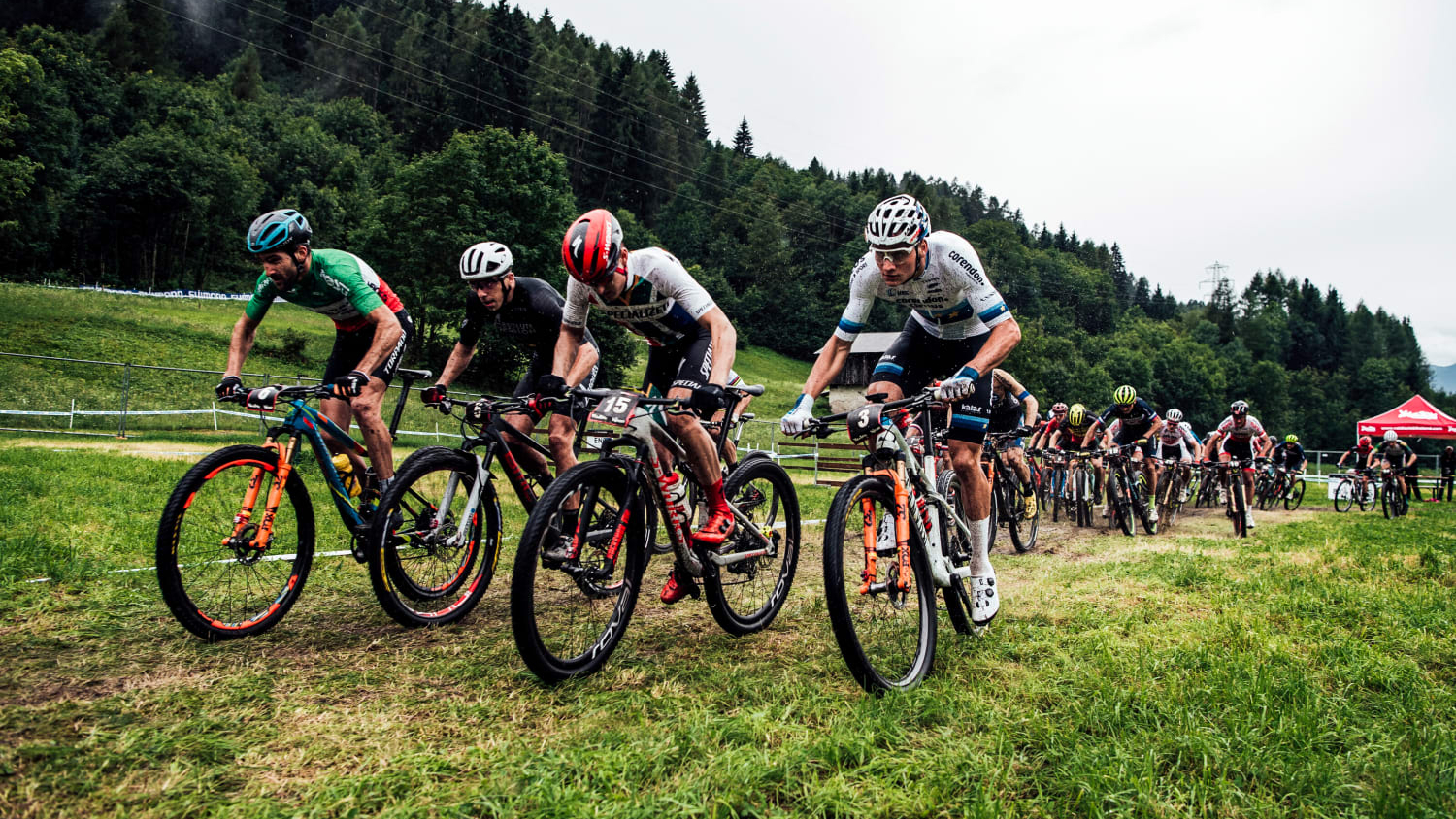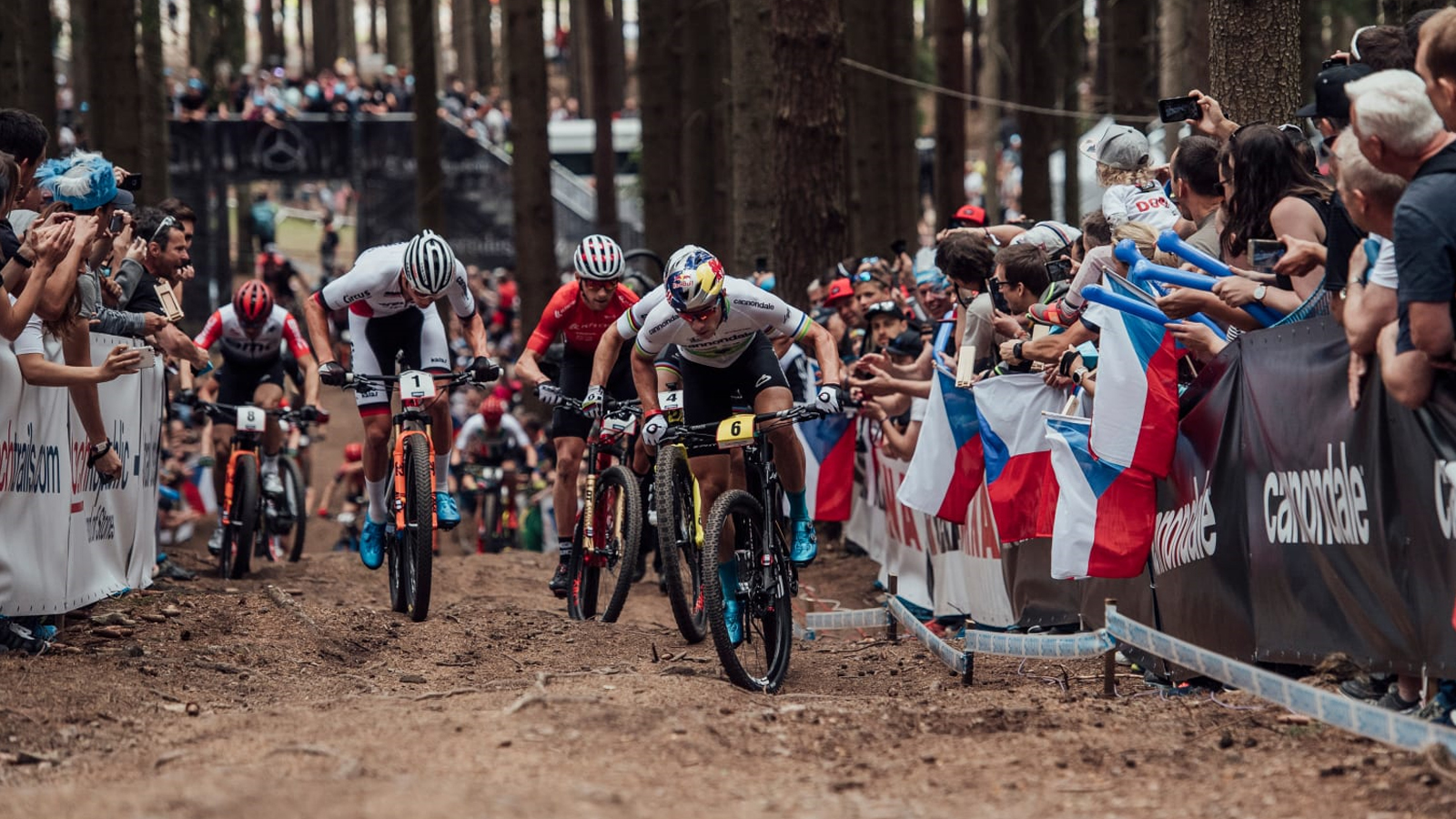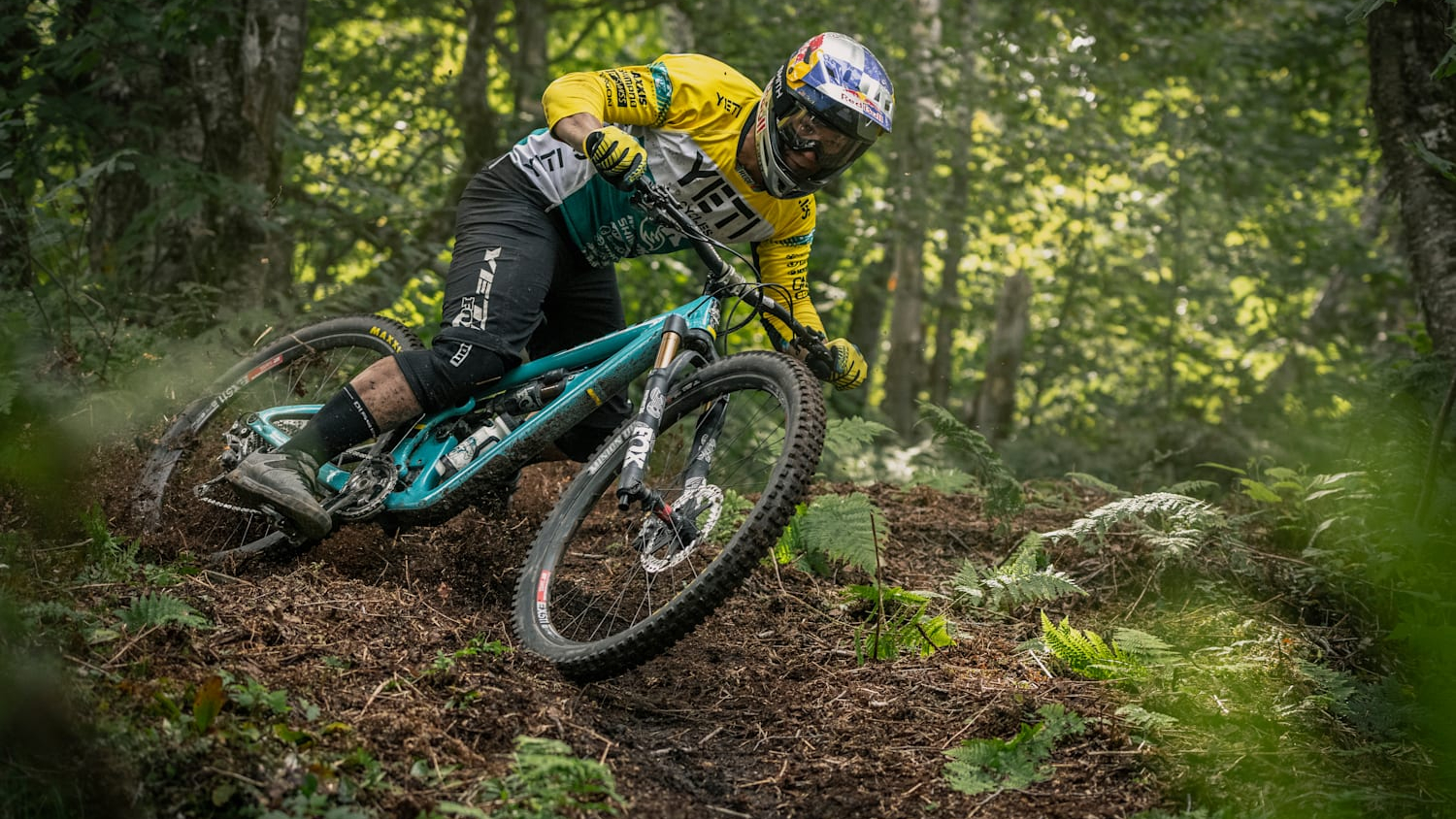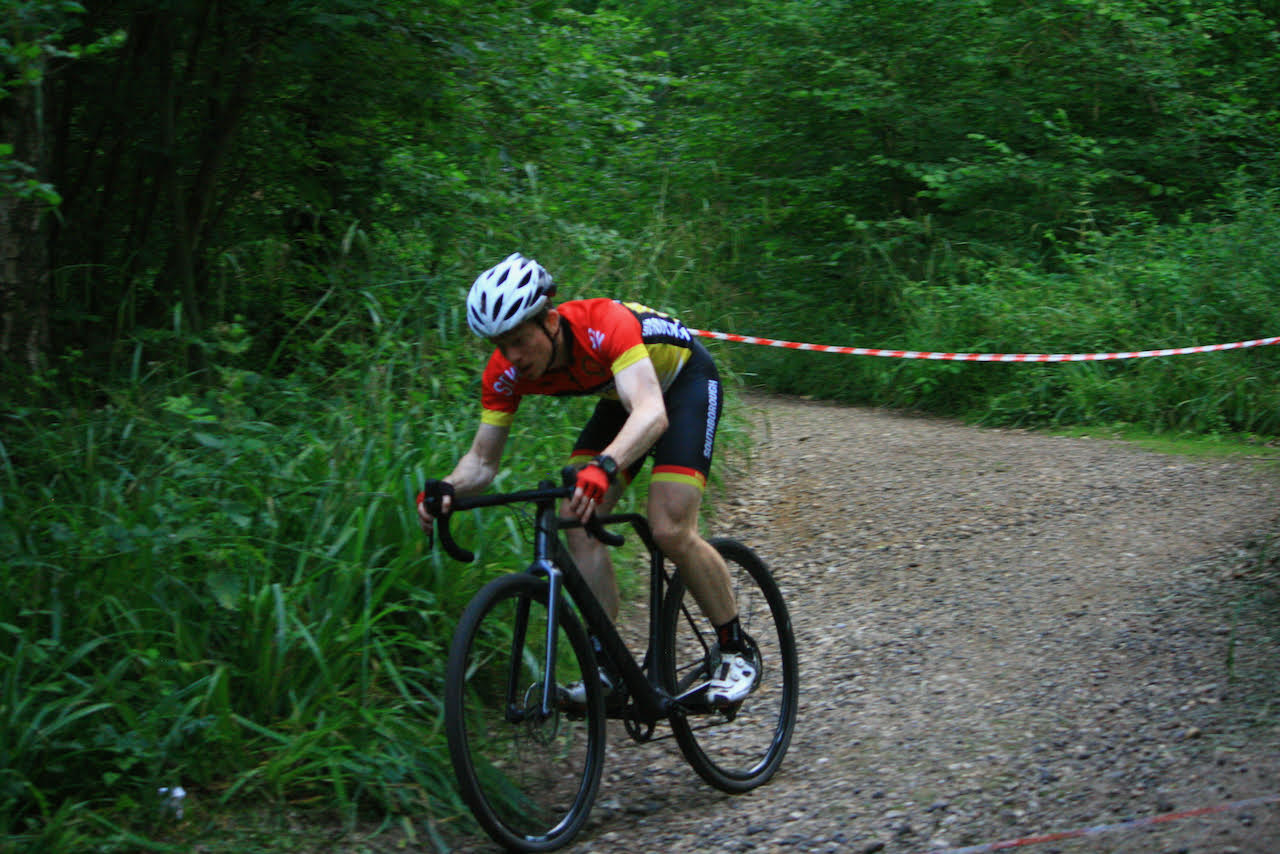Mountain bike fitness – simple training techniques to boost your performance
With just a few small changes to your riding routine and a little commitment, you can improve your mountain bike fitness and get faster and stronger on the trails

If you want to get faster on your mountain bike – uphill or downhill – doing the same riding more often will only work up to a point. A better plan when improving mountain bike fitness is to use your time more deliberately and be consistent about it.
To oversimplify, that can be as simple as doing your harder rides harder and your easier rides easier. The good news is that doesn’t mean an end to messing around and having fun. Chilled social riding is the backbone of nearly all schedules, and depending on your mountain bike fitness goals and free time, smarter training could be nothing more than a list on the fridge that says ‘hill reps’ and ‘core stability' and a tick for each week.
In terms of measuring our fitness (as well as tracking our rides), technology is definitely our friend. Combined with your smartphone, the best MTB GPS computers and smartwatches give you a host of fitness tracking stats which you can use to benchmark and improve your stamina and resilience.
A post shared by MTB Fitness (@mtb.fitness)
A photo posted by on
"It’s amazing how many mountain bikers spend a fortune on lighter bike parts when a little bit of structured training would make them faster. They wouldn’t even have to do more hours, most of the time," says Matt Mooney, founder of coaching firm MTB Fitness. “It’s about making some of the time on your bike a bit smarter. And counter-intuitively, it’s also about quality training off the bike”.
The point being, even small changes, done regularly, will make a noticeable difference to your mountain bike fitness.
Whether you're a downhiller or an XC marathoner, let’s have a look at the three pillars of mountain bike fitness, so you can target them in a way that most matches your goals. In each case, we’ll give you a quick takeaway and a more committed option.
As you read on, have in mind Mooney’s three main mountain bike fitness tips:
- Have a plan – even a really basic one
- Hone in on a weakness
- Do strength and stability work
As he explains, even a basic plan will give you deliberate progress to your goals and mean you’re not kidding yourself about how much you’re doing. Honing in on a weakness – like ultra-steep hills – will mean you overcome it rather than avoid it. And strength and stability will make you much more efficient and resilient – more on all this below.

Aerobic fitness
Go farther, and go faster without going into the red
Aerobic fitness is about training your body to keep on going with less stress. You’re able to process more oxygen, you learn to use more fat as a fuel source, (rather than your precious blood-sugar reserves), and you increase the threshold at which your muscles can’t clear the waste products that eventually grind you to a halt.
The good news is that longer, conversation-pace rides are a mainstay of aerobic fitness. Add simple threshold-raising intervals midweek and you’re golden.
Quick fix
Make your long weekend ride all about time rather than speed. If you feel well used rather than utterly wiped out, you’ll have improved your cardiovascular efficiency and you’ll be well set to really give it the beans in an interval session later in the week.
Fully committed
On top of a long weekend ride, do a midweek threshold session. For example, ride 20 minutes easy, 20 minutes just below race pace (this is your threshold power, or the hardest you can ride and sustain for one hour), then 20 minutes easy. Increase the duration or play with the number of intervals (eg 2 x 15 minutes at threshold instead of 1x 20 minutes) but don’t go over race pace.

Anaerobic fitness
Faster efforts and faster recoveries from efforts
During the most intense efforts, your muscles can produce an extra burst of power without having to use oxygen. This is brilliant for clearing technical obstacles on a tough climb, or stealing an extra place in a race when a tiny overtaking window opens up. You just need to train your body to do it – and to recover from it.
(A bonus: Anaerobic metabolism also provides you with a top-up in more sustained efforts.)
Quick fix
On a midweek ride, including four to six 100 percent committed uphill efforts, with at least four minutes in between. They’ll feel hideous towards the end, but in as little as four weeks you’ll start to notice how easily you crest hills and deliver explosive bursts.
Fully committed
Sub-60-second intervals with long recoveries are best for pure anaerobic training. But from week to week, mix them up with longer reps (two to three minutes), or under-overs (where you ride at a moderately brisk but sustainable pace and throw in repeated short efforts, without easy recoveries)

Strength, stability, and flexibility
More power, more explosiveness, more efficient use of muscles, more control, more comfort, fewer injuries
This is Matt Mooney’s golden bullet. “Riders feel that any time off the bike is training time wasted,” he says, “but the truth couldn’t be further from that. When riders feel they’re plateauing, their instinct is to just do more cycling – but it’s often the base work of strength, stability, and flexibility that they really need to take them to the next level.”
Strength work doesn’t just help you with explosive power and the ability to hustle through repeated technical challenges. Do it on single limbs and you’ll correct imbalances which at best are inefficient and at worst lead to injury as other muscles try to compensate.
Stability work means that when you’re riding, the right muscles deliver power to your pedals. Core stability, for instance, means your massive glutes and hamstrings can focus entirely on the pedalling work, while your core takes care of stability.
Flexibility and an increased range of motion increases the force you can produce, reduces the risk of pain in your back, hips and shoulders, and gives you more resilience if you crash.
You wouldn’t expect your bike to perform with seized-up bearings or unstable pivots, and yet we expect our bodies to do just that.
Quick fix
If you can’t do anything else, spend half an hour a week, every week, following a reasonably active YouTube yoga course. Seriously, you’ll notice the results. There are even some sessions aimed at cyclists.
Fully committed
Get a simple gym plan that rotates you through a full range of weight-bearing exercises over a cycle of weeks.
So there you go. If you thought that getting fitter for mountain biking was just about doing ‘more of the same’ – or conversely, that you’d need a power meter and heart rate monitor to do ’proper’ training – we hope you’ve come away encouraged. Small changes will go a long way.

Sean has old school cycle touring in his blood, with a coast to coast USA ride and a number of month-long European tours in his very relaxed palmares. Also an enthusiastic midpack club cyclocross and XC racer, he loves his role as a junior cycle coach on the Kent/Sussex borders, and likes to squeeze in a one-day unsupported 100-miler on the South Downs Way at least once a year. Triathlon and adventure racing fit into his meandering cycling past, as does clattering around the Peak District on a rigid Stumpjumper back in the day.
Height: 173cm
Weight: 65kg
Rides: Specialized Chisel Comp; Canyon Inflite CF SLX; Canyon Aeroad; Roberts custom road bike
